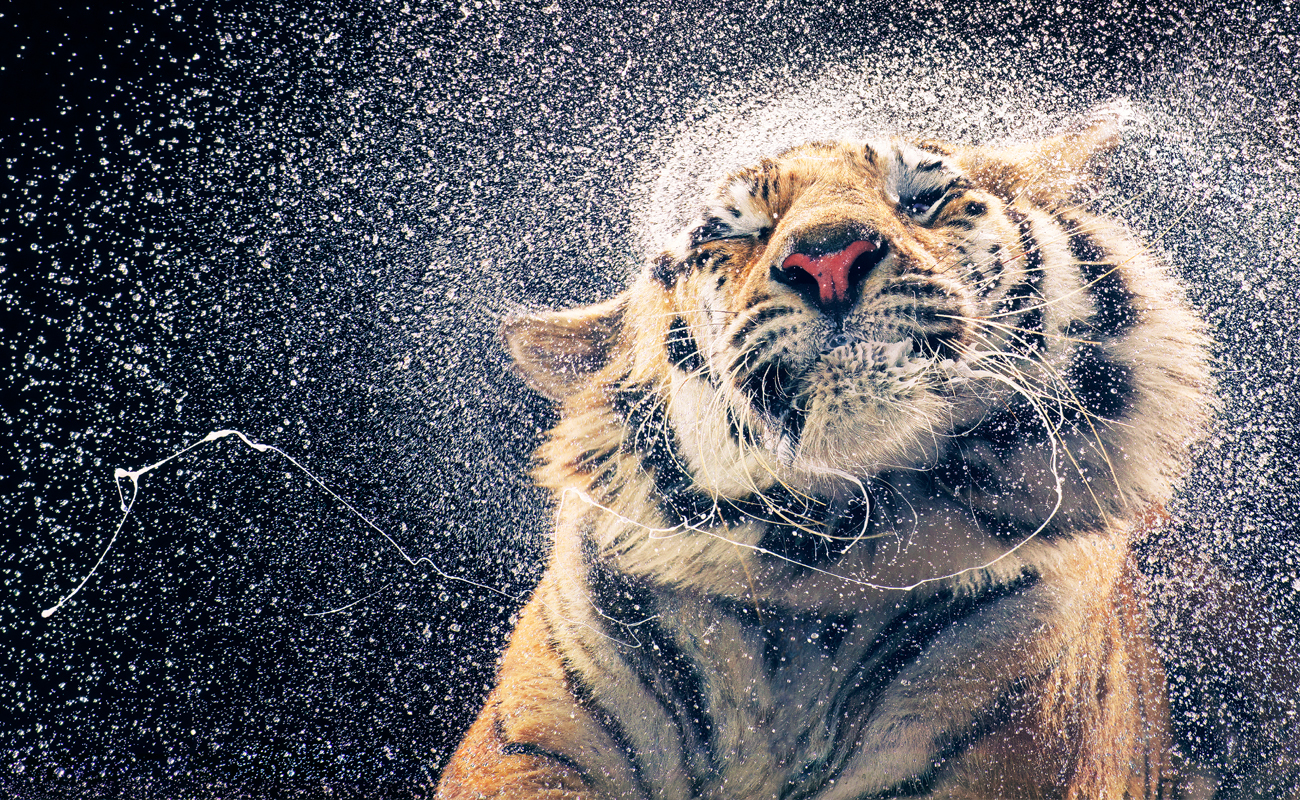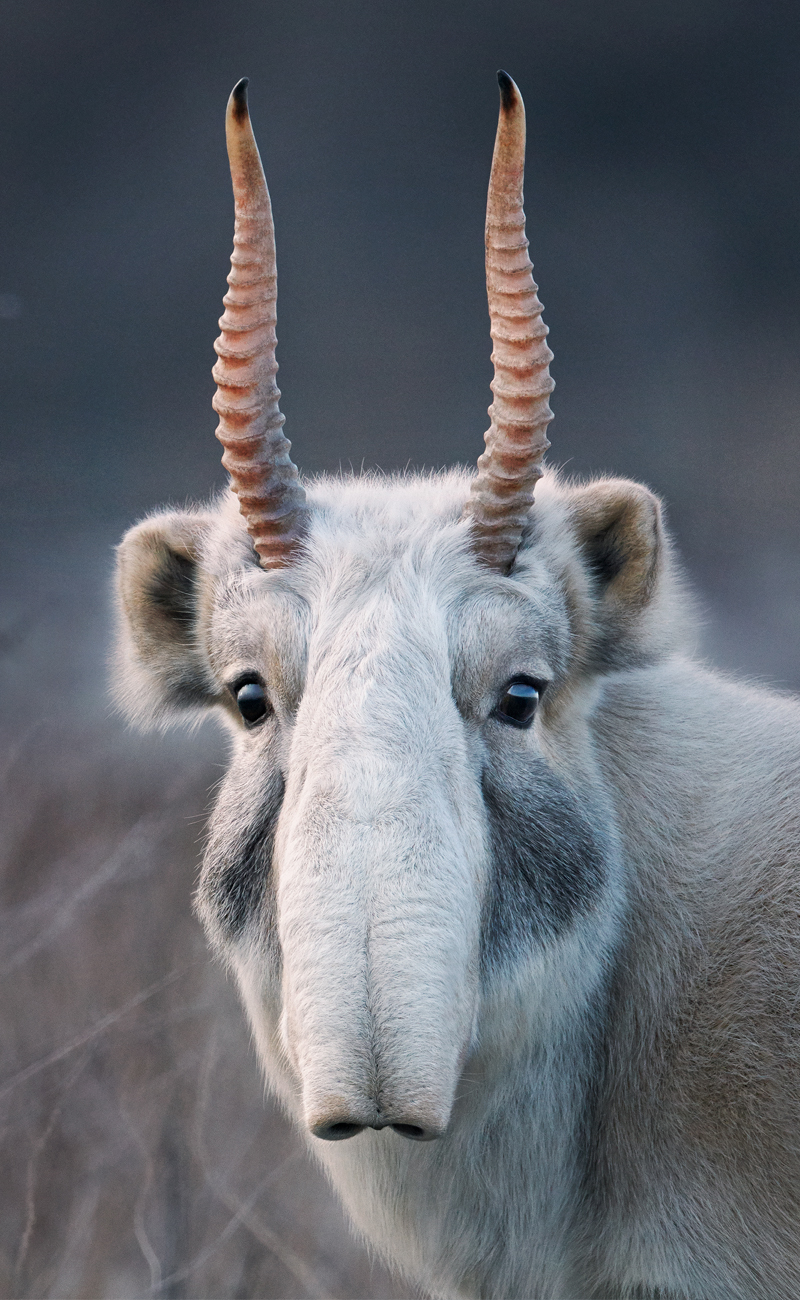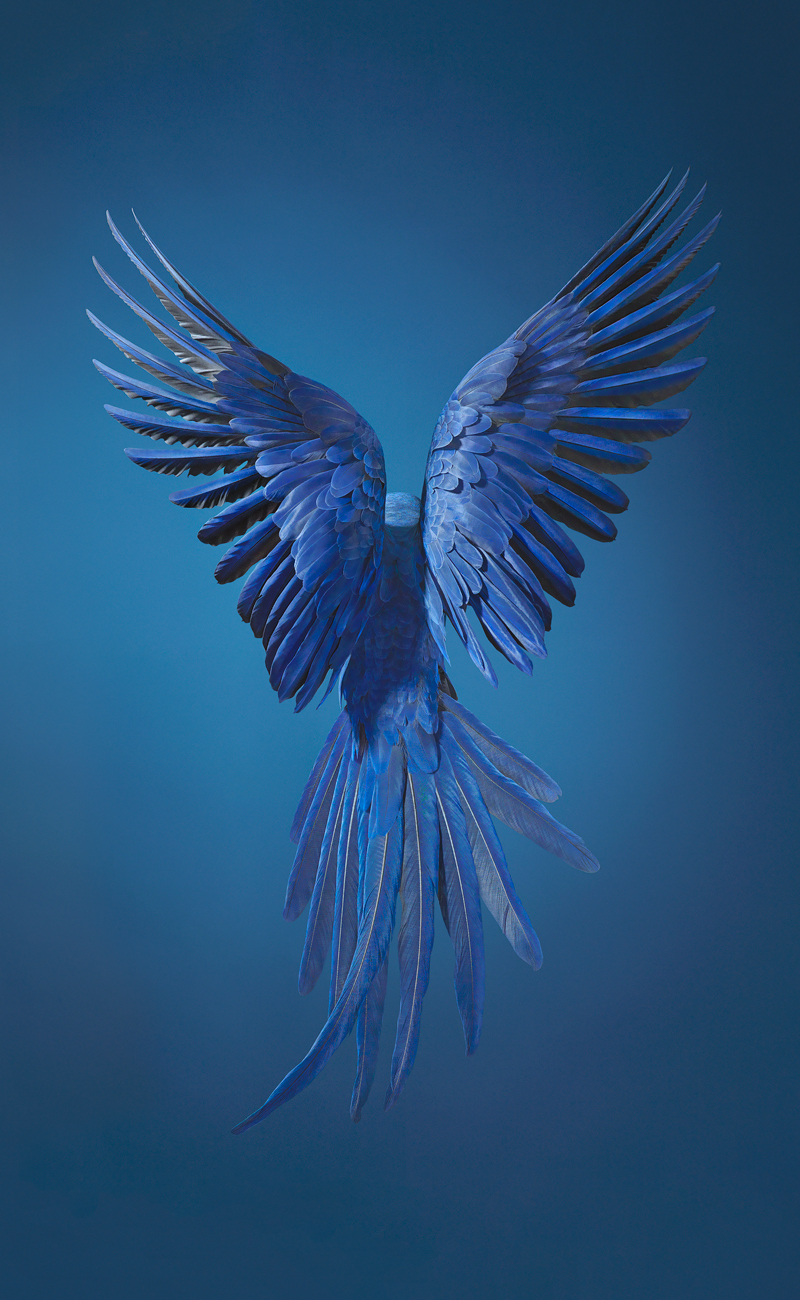This website uses cookies so that we can provide you with the best user experience possible. Cookie information is stored in your browser and performs functions such as recognising you when you return to our website and helping our team to understand which sections of the website you find most interesting and useful.
Animal instincts: Tim Flach invites us to adopt a fresh perspective on wildlife conservation
By Rose Adams | 10 July 2018 | Culture
Animal photographer Tim Flach invites us to adopt a fresh perspective on wildlife conservation

The work of London-based animal photographer Tim Flach is renowned the world over – and rightly so. An Honorary Fellow of the Royal Photographic Society since 2013 – a title shared with the likes of Mario Testino, Harry Benson, Henri Cartier-Bresson and Cecil Beaton – his stunning photographs uncover the human elements in animals, presenting wildlife as if they were just like us. Flach’s symbolic stylisation of animal portraiture not only arrests the viewer’s attention, but our moral compass, too. Bestowing human characteristics upon the earth’s most endangered creatures evokes an emotional connection to their vulnerability and, in doing so, brings the pivotal issue of wildlife conservation to the forefront of our minds.
“Portraiture can help tell stories around the natural world, and my work is intended to project a shift in reality that better supports people’s understanding," Flach says. "We are the only ones who can make a difference to the planet – but we’re also the ones who are destroying it.” The artist’s most exciting exhibitions have embodied this notion at the core. His most recent showcase, More Than Human, toured major galleries around the world throughout 2017 – stopping at France’s Festival Foto La Gacilly, London’s Osborne Samuel Gallery and the Kyotographie International Photography Festival in Japan – and he has also released four photographic anthologies: Equus (2008), Dogs Gods (2010), Evolution (2013) and last year's Endangered. Here, Flach gives Tempus an exclusive insight into his wild and wonderful vocation.>>
Related: The first ever Tempus Earth Conservation Gala raises £100,000 for the WWF

Why did you decide to capture animals in a human way, rather than in their natural habitats?
When you’re presented with an animal that appears to be gesturing towards you, it makes you question more about yourself than that animal. The majority of work out there romanticises nature but I’m adding personality. It’s not necessarily anthropomorphising, it’s simply bringing something about them into our world. I’d like to think my images resonate with people and that’s why I’ve been so fortunate to be able to reach out into the broader world. Non-believers need to be connected and to do that, you need to make them appreciate the magic of nature.
What more do you think needs to be done in terms of wildlife protection?
We’ve got big challenges ahead of us and we must do something from a position of hope. It’s not just about digging wells in the third world, it’s about changing our cultural relationships. The last great period of extinction was 30 million years ago, when we lost the dinosaurs, and now we’re entering a new series of extinctions driven by humans, an age known as the Anthropocene. We’re looking at a potential end game. For my last book, Endangered, I worked with some fantastic people such as Dr Jonathan Baillie [chief scientist at the National Geographic Society] to discuss his experiences. There are so many stories that need to be told, such as the state of the coral reefs, climate change, polar bears and the decline of pangolins – one of the most traded animals in the world.
Do you have a favourite animal to photograph?
One of the most curious animals was a saiga – an antelope that can’t be kept in zoos. I imagined it roaming the earth alongside woolly mammoths. In that sense, you could call me a wildlife photographer because I chase portraits, but I don’t see myself as that. I prefer to focus on how animals can touch your soul and inspire you to care more about the natural world. I’m interested in creating images that connect us to storytelling, because if we don’t do that, how are we going to know about the challenges that we face?

How does portraying that challenge through your art helps people to connect with these issues?
If something is distanced in a non-human world, it doesn’t engage us as powerfully and emotionally. When we identify with the animal’s character and personality, we sense their vulnerability, so we’re more likely to consider the outcome of their circumstances and how that could affect us. Ultimately, we are endangered, and for humanity's own wellbeing it must be a question of how to preserve the world for future generations.
Have you ever come into any danger while out in the field?
When I was watching gorillas in Gabon, I was actually more fearful of the humans than the animals because there was a state of civil unrest in the region. I returned from photographing the gorillas, which was a very tranquil experience, to the capital city Libreville where I had a much bigger sense of fear.







